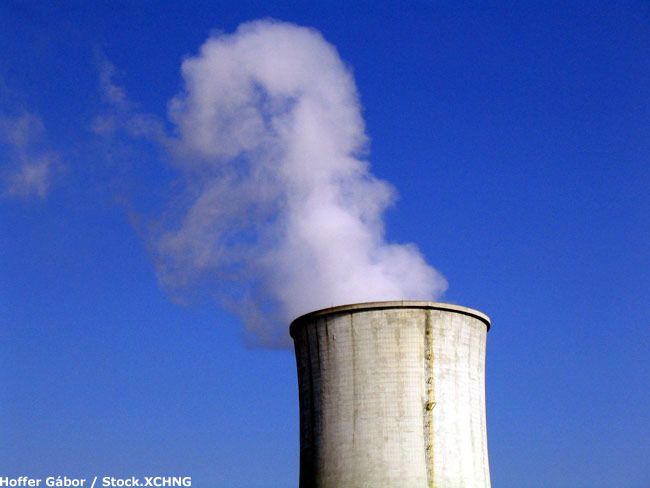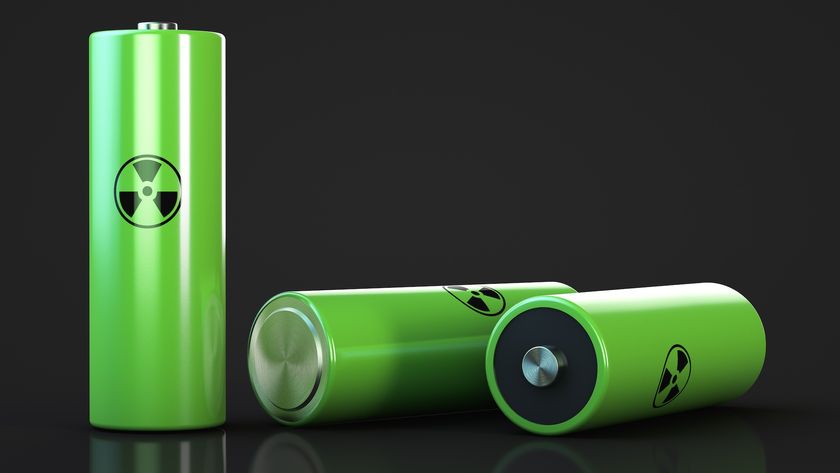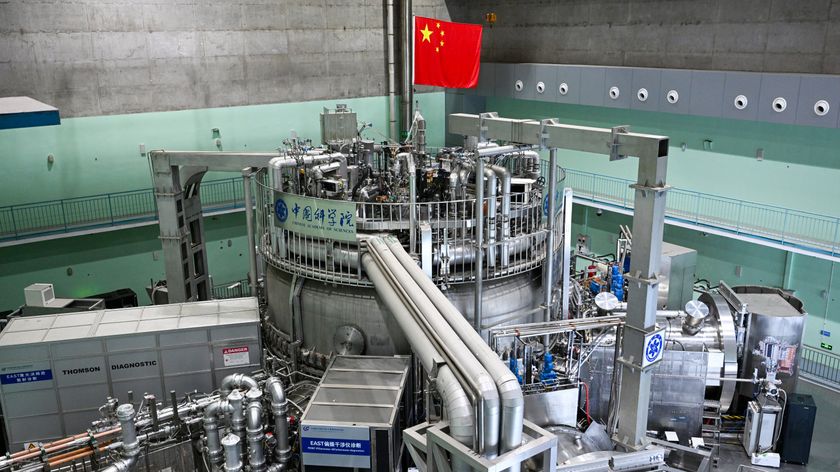The Energy Debates: Nuclear Power

Editor's Note: "The Energy Debates" is a LiveScience series about the pros, cons, policy debates, myths and facts related to various alternative energy ideas. We invite you to join the debate by commenting directly on each article. The Facts While the nucleus of an atom is tiny, an extraordinary amount of energy helps hold it together. Nuclear power seeks to harness that energy to safely provide electricity. Roughly 100 nuclear power plants are now operating in the United States, supplying about one-fifth of the nation's electricity. These will start to be retired in 2029, and nearly all will be retired by 2050, according to the Union of Concerned Scientists, a science advocacy group. No new nuclear power plants are currently under construction in the United States. However, about 30 are now in various stages of planning, said Alan Nogee, director of the clean energy program at the Union of Concerned Scientists. Pros Nuclear power can generate a vast amount of energy without spewing out air pollution during operation. Also, unlike wind and solar power, nuclear power can provide a continuous flow of energy that utilities can depend on any time of day. In addition, nuclear power takes up much less real estate to generate the same amount of power that wind or solar would. Cons Nuclear power has proven extraordinarily controversial over the decades. One of the greatest fears of nuclear power is that the radioactive waste that results can remain hazardous for hundreds of thousands of years. There is still no licensed repository to store all this waste in the United States, and the one site that has been proposed for decades at Yucca Mountain in Nevada has shown numerous problems according to critics, such as vulnerability to earthquakes, "and it is very uncertain if that site will ever be built or not," Nogee said. "If you're proposing a new generation of nuclear power plants, you'll need somewhere to put the waste." There is also the potential for a nuclear reactor disaster, such as the explosion and meltdown that occurred at Chernobyl in the Soviet Union in 1986 or the partial core meltdown at Three Mile Island in the United States in 1979. Similar future catastrophes could be the result of an accident, sabotage by disgruntled employees or a terrorist attack. "Nuclear power plants are generally operated better than they were 20 or 30 years ago, but you can never rule out the possibility, however remote, of a very serious accident," Nogee said. And there is always the risk of nuclear proliferation, where nuclear power plants are diverted to help make weapons for countries or terrorist groups. "That's more of a risk associated with overseas reactors, but if the U.S. signals that it will build a whole new generation of plants, that greatly increases the odds that the rest of the world will want to do that as well," Nogee said. Still, the greatest stumbling block nuclear power might face is cost. While nuclear fuel is relatively inexpensive and the costs to operate the plants comparatively low, building a plant "is very, very expensive, and since no one has built a new plant here in decades, no one really knows how much one will cost to build," Nogee said. If one were to try and figure out how much a new plant might cost by looking at the last generation of nuclear power plants, "on average, cost overruns there were equal to three times the pre-construction projections, so if it was supposed to cost $1 billion, it cost $3 billion," he explained. "As a result, many plants were abandoned during construction, and those that were completed were very expensive, leading to significant rate hikes." When it comes to new plants being built now in Europe, "the outlook there is discouraging as well — you're seeing patterns of cost increases as well," Nogee said. "There was talk of a nuclear revival here in the U.S. that really took off in 2003, after a report from MIT projected a new plant would cost $2 billion to $3 billion. Well, only a few years later, utility projections for plants are now up to an average of $9 billion." What do you think?
- Vote: The Best Alternative Energy Idea
- Innovation: Ideas to Power the Future
- Video – The Next Step: Emerging Technologies
Sign up for the Live Science daily newsletter now
Get the world’s most fascinating discoveries delivered straight to your inbox.












